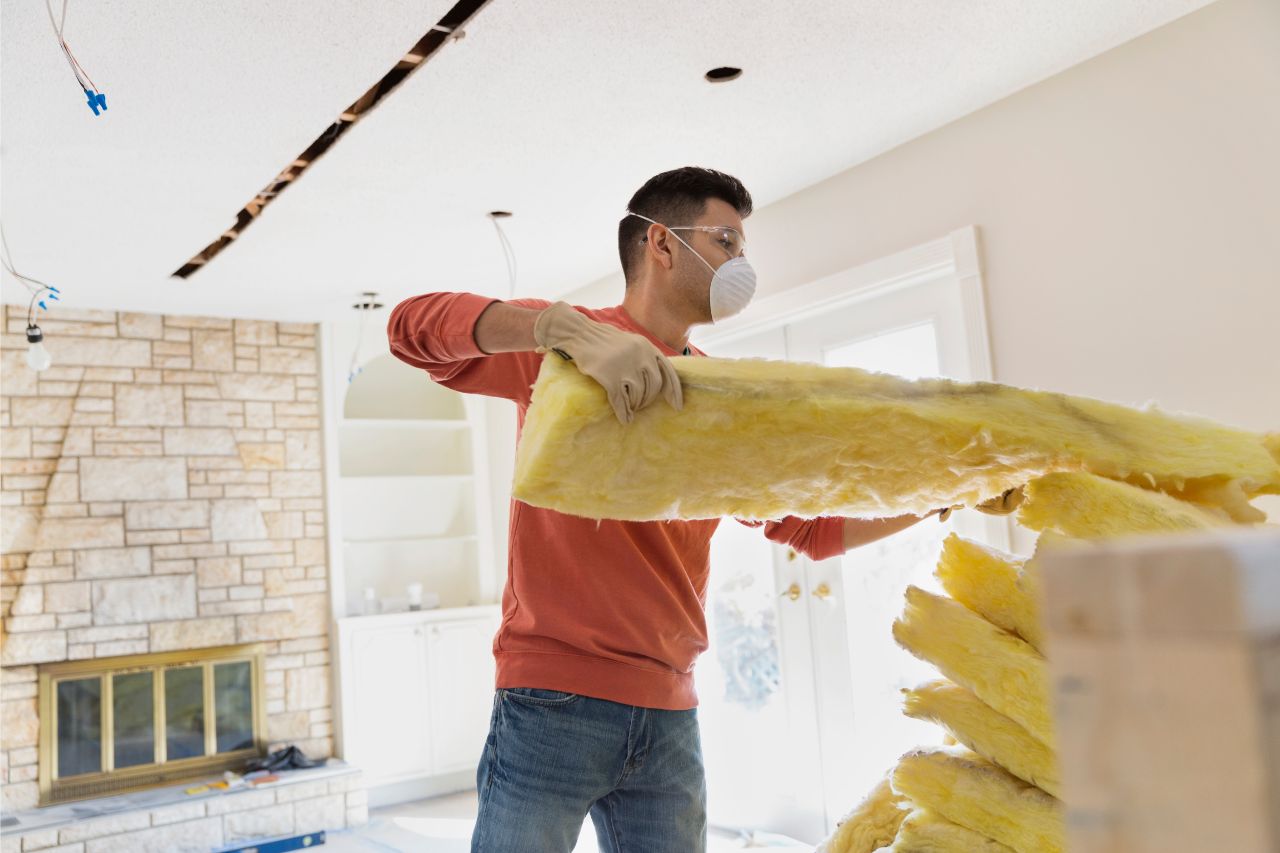

Articles
What Is The Cheapest Insulation
Modified: January 8, 2024
Looking for the cheapest insulation options? Read our informative articles on the different types of insulation to save money and energy.
(Many of the links in this article redirect to a specific reviewed product. Your purchase of these products through affiliate links helps to generate commission for Storables.com, at no extra cost. Learn more)
Introduction
Welcome to the comprehensive guide on the cheapest insulation options available in the market. Insulation plays a crucial role in maintaining the temperature and energy efficiency of a building. It helps to prevent heat loss during winter and heat gain during summer, reducing your energy bills and making your home more comfortable to live in.
When it comes to insulation, there are various materials and types to choose from, each with its own benefits and costs. In this article, we will explore and compare different insulation options, focusing specifically on the most affordable ones.
Before we delve into the cheapest insulation options, it’s important to have an understanding of how insulation works and the factors that can affect the cost of insulation.
Key Takeaways:
- When it comes to affordable insulation, options like fiberglass, cellulose, and reflective foil offer cost-effective solutions with decent thermal performance. Consider factors like material cost, R-value, and installation method to make an informed decision.
- While cost is important, prioritize insulation’s thermal performance, durability, and suitability for your specific needs. Consulting with a professional installer can help you choose the most cost-effective option that provides long-term benefits for your building.
Read more: What Is The Cheapest Countertops
Understanding Insulation
Insulation is a material that is used to reduce or prevent the transfer of heat between the inside and outside of a building. It acts as a barrier, trapping air and creating a layer of resistance to heat flow.
The effectiveness of insulation is measured by its thermal resistance, also known as the R-value. The higher the R-value, the better the insulation is at resisting heat transfer.
Insulation is typically installed in various areas of a building, including the walls, roof, floors, and attic. It comes in different forms, such as batts or rolls, loose-fill, and rigid boards.
Insulation works by slowing down the transfer of heat through conduction, convection, and radiation. Conduction is the direct transfer of heat through materials, while convection involves the movement of heat through air or fluids. Radiation refers to the transfer of heat through electromagnetic waves.
By reducing heat transfer, insulation helps to maintain a more stable indoor temperature, reducing the need for heating and cooling systems and saving on energy costs. It also helps to improve acoustics and reduce noise transmission.
Now that we have a basic understanding of how insulation works, let’s explore the factors that can impact the cost of insulation.
Factors Affecting Insulation Costs
Several factors can influence the cost of insulation. Understanding these factors will help you make informed decisions when choosing the most affordable insulation option for your needs. Here are some key factors to consider:
- Material: Different insulation materials have varying costs. Some materials, such as fiberglass and cellulose, tend to be more budget-friendly compared to others like spray foam or mineral wool.
- R-Value: Insulation with a higher R-value typically costs more. The level of insulation required will depend on factors such as the climate zone and the desired energy efficiency of your building.
- Area to be Insulated: The size and scope of the area needing insulation will impact the overall cost. Insulating a smaller space, like an attic or a single room, will generally be more affordable compared to insulating an entire home or commercial building.
- Installation Method: The method used to install the insulation can also affect the cost. While some insulation materials are DIY-friendly, others may require professional installation, which could add to the overall cost.
- Accessibility: Insulating hard-to-reach areas or spaces with limited access may require additional labor or equipment, which can increase the cost.
- Existing Insulation: If there is already insulation in place, the cost may vary depending on whether it needs to be replaced or if it can be supplemented with additional insulation.
- Codes and Regulations: Local building codes and regulations may impact the selection and cost of insulation, as certain materials may be required to meet specific standards.
Considering these factors will help you determine the most cost-effective insulation solution for your project. Now let’s dive into some of the cheapest insulation options available in the market.
Fiberglass Insulation
Fiberglass insulation is one of the most common and affordable insulation options available. It is made from fine glass fibers that are spun into a soft, fluffy material. Fiberglass insulation comes in batts or rolls that can be easily installed in walls, floors, and attics.
One of the key advantages of fiberglass insulation is its cost-effectiveness. It is generally more budget-friendly compared to other insulation materials. Fiberglass insulation is also readily available in most home improvement stores, making it easily accessible for DIY projects.
In terms of thermal performance, fiberglass insulation has a moderate R-value, typically ranging from R-11 to R-38, depending on the thickness and density of the insulation. This level of insulation is suitable for most climates, but colder regions may require higher R-values.
Installation is relatively simple, as fiberglass batts can be cut to size and friction-fit between studs or joists. However, proper safety precautions should be taken during installation, as fiberglass can cause skin and respiratory irritation. It is important to wear protective clothing, gloves, and a mask when handling fiberglass insulation.
While fiberglass insulation is a cost-effective option, it does have some limitations. It can settle over time, reducing its effectiveness. It is also not resistant to moisture, so it may not be the best choice for areas prone to water leaks or high humidity.
Overall, fiberglass insulation is a popular choice for those looking for an affordable and readily available insulation solution. It offers decent thermal performance and can help reduce energy costs. However, it is important to consider the specific requirements of your project and consult with a professional insulation installer if needed.
Cellulose Insulation
Cellulose insulation is another affordable option for insulating your home. It is made from recycled paper products, such as newspapers, that have been treated with fire-retardant chemicals to improve safety.
One of the main advantages of cellulose insulation is its eco-friendliness. It is made from recycled materials, reducing waste and promoting sustainability. Additionally, cellulose insulation has a higher R-value compared to fiberglass insulation, providing better thermal performance.
Cellulose insulation is typically installed as loose-fill, which is blown into wall cavities, attic spaces, or other hard-to-reach areas. This installation method allows for seamless coverage and provides effective thermal insulation.
In terms of cost, cellulose insulation is generally affordable, especially when compared to other insulation materials. It is widely available and can be installed as a DIY project or by hiring a professional installer.
Cellulose insulation also offers excellent soundproofing qualities, making it a popular choice for reducing noise transmission within buildings.
One important consideration with cellulose insulation is its susceptibility to moisture. It is important to ensure proper moisture barriers are in place before installing cellulose insulation to prevent mold or moisture-related issues.
Overall, cellulose insulation is a cost-effective and environmentally-friendly option for insulating your home. It provides good thermal performance and can help reduce energy costs. However, it is important to take proper precautions during installation and address any moisture concerns to ensure its long-term effectiveness.
Consider using fiberglass insulation as it is one of the cheapest options available. It is effective at reducing heat transfer and is easy to install, making it a cost-effective choice for insulating your home.
Read more: What Is The Cheapest Fence
Spray Foam Insulation
Spray foam insulation is a versatile and efficient insulation option that provides excellent thermal performance. It is applied as a liquid that expands into a foam, filling gaps and creating an airtight seal.
One of the key advantages of spray foam insulation is its superior R-value. It has one of the highest R-values among insulation materials, providing exceptional energy efficiency and reducing heat transfer effectively.
One of the factors that make spray foam insulation stand out is its ability to create an air barrier. The foam expands and adheres to the surfaces it is sprayed on, sealing cracks, gaps, and other areas where air leakage may occur. This not only improves thermal insulation but also helps to reduce drafts and minimize outdoor noise intrusion.
Due to its expansive nature, spray foam insulation is particularly well-suited for irregularly shaped spaces, such as attics, crawlspaces, and wall cavities. It can fully fill and cover these areas, ensuring maximum insulation coverage.
While spray foam insulation offers excellent thermal performance, it is important to note that professional installation is typically required. The foam needs to be applied by trained technicians using specialized equipment to ensure proper coverage and avoid any potential issues. This can add to the overall cost of the insulation project.
In terms of cost, spray foam insulation tends to be more expensive compared to other insulation options. However, its energy-saving benefits and long-term durability can outweigh the initial investment over time.
It’s worth mentioning that spray foam insulation is not a DIY-friendly option due to the expertise and equipment required for installation. Hiring a professional insulation contractor will ensure proper application and optimal results.
Overall, spray foam insulation is a highly effective and efficient insulation option, providing superior thermal performance and air sealing properties. While it may come with a higher upfront cost, its long-term energy-saving benefits make it a worthwhile investment for those seeking maximum insulation performance.
Mineral Wool Insulation
Mineral wool insulation, also known as rock wool or slag wool, is an affordable and versatile insulation material made from natural minerals, such as basalt or slag from steel production.
One of the key advantages of mineral wool insulation is its excellent fire resistance. It is non-combustible and can withstand high temperatures without releasing toxic gases, making it a safe choice for insulation.
Mineral wool insulation also offers good thermal performance, with a comparable R-value to other insulation materials. It effectively reduces heat transfer, helping to maintain a comfortable indoor temperature and reduce energy costs.
This type of insulation is available in various forms, including batts, boards, and loose-fill. It can be easily installed in walls, attics, and floors to provide effective thermal insulation.
In addition to its thermal properties, mineral wool insulation also provides excellent soundproofing characteristics. It helps to reduce noise transmission, making it a popular choice for areas that require acoustic insulation, such as home theaters or music studios.
Mineral wool insulation is resistant to mold, mildew, and pests, making it a durable and long-lasting insulation option. It does not absorb moisture, which helps to maintain its thermal performance over time.
While mineral wool insulation is generally affordable, it may be slightly more expensive than other options like fiberglass or cellulose. However, its fire resistance and durability can outweigh the slightly higher cost.
When installing mineral wool insulation, it is important to use proper safety precautions, such as wearing gloves and a mask, as the fibers can cause skin and respiratory irritation. Following the manufacturer’s guidelines and consulting with a professional installer can help ensure a safe and effective installation.
Overall, mineral wool insulation provides a cost-effective and reliable solution for thermal and acoustic insulation. Its fire resistance, durability, and soundproofing qualities make it a desirable option for various applications.
Reflective Foil Insulation
Reflective foil insulation, also known as radiant barrier insulation, is a unique and affordable option for insulating your home. It consists of a layer of reflective material, such as aluminum foil, that helps to reduce heat transfer by reflecting radiant heat.
One of the key advantages of reflective foil insulation is its ability to effectively block radiant heat. It works by reflecting heat away from the living space, helping to maintain a comfortable indoor temperature and reduce the load on your cooling system, especially in hot climates.
Reflective foil insulation is typically installed in attics, roofs, or underfloor areas. It can be stapled or adhered to the surface, creating a radiant barrier that helps to keep your home cool in the summer and warm in the winter.
Another benefit of reflective foil insulation is its durability. The reflective material is resistant to moisture, mold, and pests, ensuring long-lasting performance and minimizing the risk of damage or degradation over time.
Reflective foil insulation is relatively easy to install, making it a viable option for DIY projects. However, proper installation techniques should be followed to ensure maximum effectiveness. It is important to create an airtight seal and overlap the foil sheets to minimize any gaps that could compromise the insulation’s performance.
In terms of cost, reflective foil insulation is generally more affordable compared to other types of insulation. However, its effectiveness heavily relies on the specific climate and the degree of radiant heat that needs to be blocked. In cooler climates, where radiant heat isn’t as significant, the cost-effectiveness of reflective foil insulation may diminish.
It’s worth noting that reflective foil insulation is most effective when used in combination with other forms of insulation, such as fiberglass or spray foam. These insulation materials provide thermal resistance, while the reflective foil acts as a radiant barrier, enhancing overall energy efficiency.
Overall, reflective foil insulation offers an affordable and efficient solution for reducing radiant heat transfer. Its durability, ease of installation, and cost-effectiveness make it a viable option for those looking to improve the energy efficiency of their homes.
Polystyrene Insulation
Polystyrene insulation, commonly known as foam board insulation, is a cost-effective and versatile insulation material. It is made from solid polystyrene foam, which provides excellent thermal insulation properties.
One of the key advantages of polystyrene insulation is its high R-value. It offers superior thermal performance, reducing heat transfer and improving energy efficiency in both residential and commercial buildings.
Polystyrene insulation comes in two main types: expanded polystyrene (EPS) and extruded polystyrene (XPS).
Expanded polystyrene (EPS) is a foam board insulation that is lightweight and easy to handle. It is typically available in large sheets or blocks and can be easily cut to fit the desired area. EPS insulation is known for its affordability and durability.
Extruded polystyrene (XPS) is a denser and more rigid foam board insulation. It offers excellent resistance against moisture absorption, making it a suitable choice for insulating areas prone to water exposure, such as basements or foundation walls.
Polystyrene insulation can be used in a variety of applications, including walls, roofs, floors, and foundations. It is commonly installed by attaching the foam boards to the desired surface with adhesive or mechanical fasteners.
In addition to its thermal insulation properties, polystyrene insulation also provides good soundproofing qualities. It helps to reduce noise transmission, creating a more peaceful indoor environment.
Another benefit of polystyrene insulation is its resistance to mold, mildew, and pests. The closed-cell structure of polystyrene foam makes it highly resistant to moisture, preventing the growth of mold and deterioration over time.
While polystyrene insulation is generally affordable, the cost can vary depending on the thickness and type of polystyrene used. It is important to consider the specific requirements of your project and consult with a professional to determine the most cost-effective solution.
Overall, polystyrene insulation offers a cost-effective and efficient option for thermal insulation. Its high R-value, durability, and versatility make it a popular choice for both residential and commercial applications.
Read more: What Printer Has The Cheapest Ink
Conclusion
In conclusion, when it comes to choosing the cheapest insulation option for your building, several factors need to be considered. Understanding the different types of insulation materials and their costs is essential in making an informed decision.
Fiberglass insulation is a cost-effective option that is readily available and easy to install. It offers moderate thermal performance and is suitable for most climates.
Cellulose insulation, made from recycled materials, is another affordable option. It provides good thermal performance and is effective in reducing noise transmission.
Spray foam insulation offers superior thermal performance and airtightness, making it a highly efficient option. However, it comes with a higher initial cost and requires professional installation.
Mineral wool insulation provides excellent fire resistance and durability at an affordable price. It offers good thermal and soundproofing qualities, making it a popular choice for various applications.
Reflective foil insulation acts as a radiant barrier, reflecting heat away from the living space. It is cost-effective and easy to install, particularly suitable for hot climates.
Polystyrene insulation, available as foam board insulation, offers high thermal performance and versatility. It is cost-effective and provides good soundproofing qualities.
When selecting insulation, it is crucial to consider factors such as material cost, R-value, area to be insulated, installation method, accessibility, existing insulation, and local codes and regulations.
Remember, while cost is an important consideration, it is equally essential to prioritize the insulation’s thermal performance, durability, and suitability for your specific needs.
Consulting with a professional insulation installer can provide valuable insights and ensure that you choose the most cost-effective insulation option that meets your requirements.
Investing in proper insulation helps to improve energy efficiency, reduce energy costs, and create a comfortable living or working environment.
So, take the time to explore your options and make an informed decision when selecting the cheapest insulation that meets your needs while providing long-term benefits for your building.
Frequently Asked Questions about What Is The Cheapest Insulation
Was this page helpful?
At Storables.com, we guarantee accurate and reliable information. Our content, validated by Expert Board Contributors, is crafted following stringent Editorial Policies. We're committed to providing you with well-researched, expert-backed insights for all your informational needs.


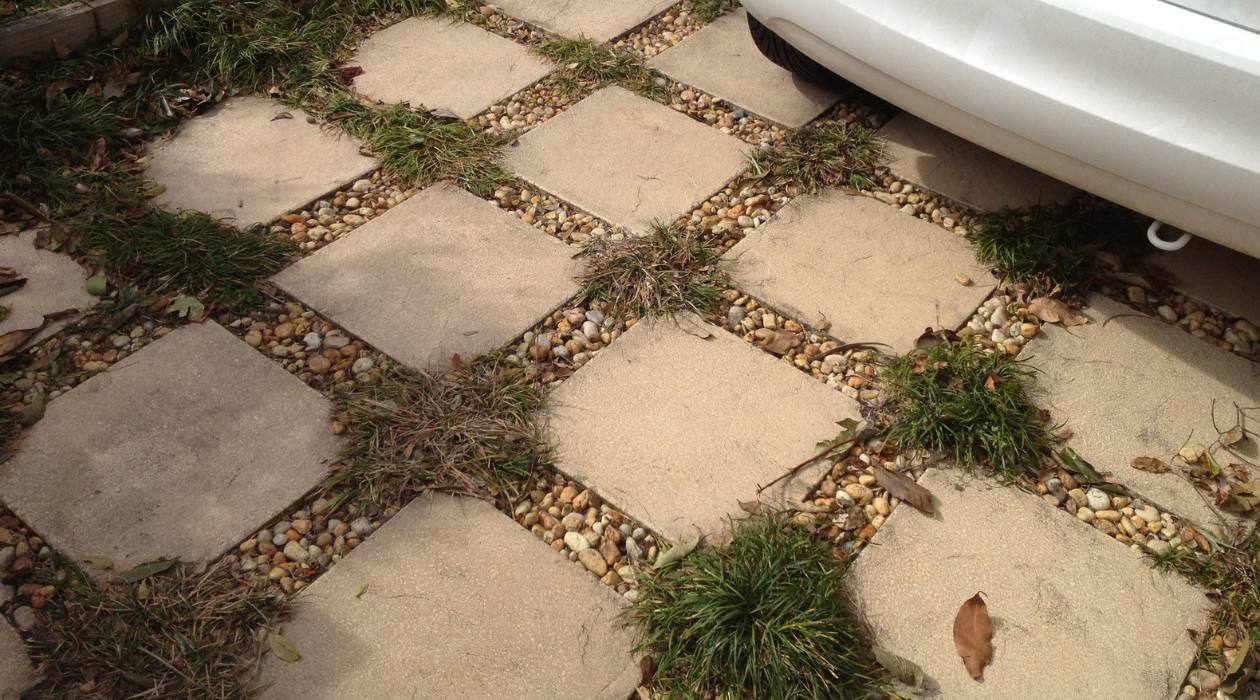
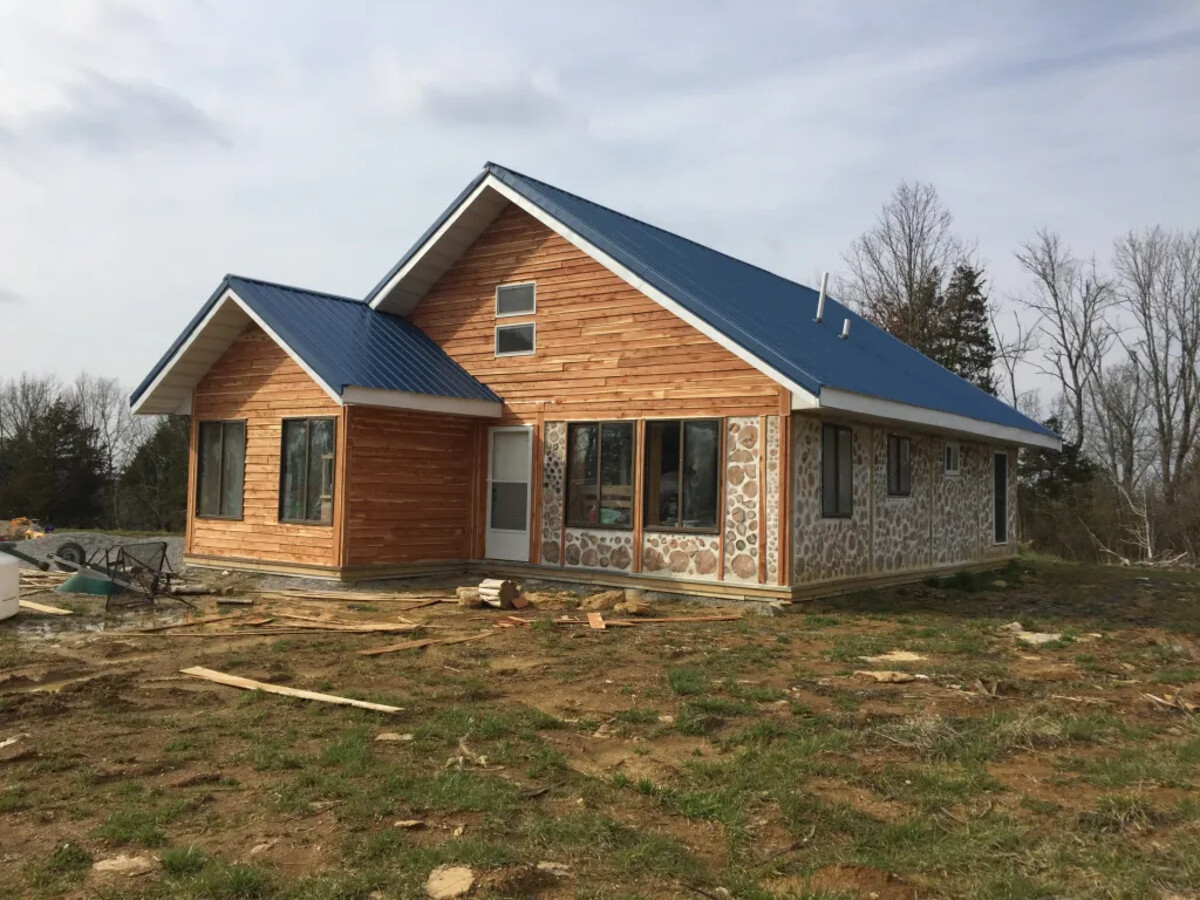


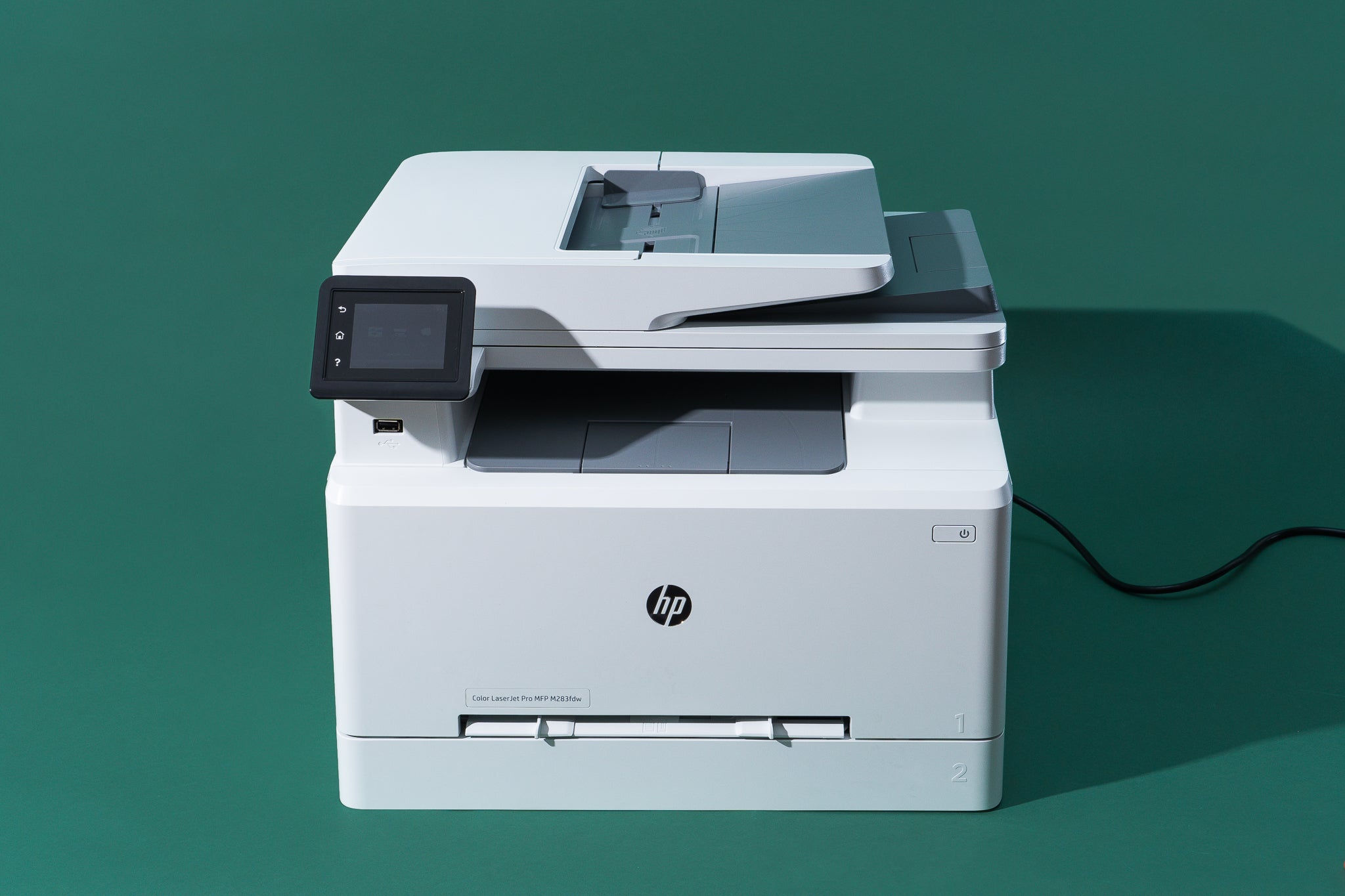
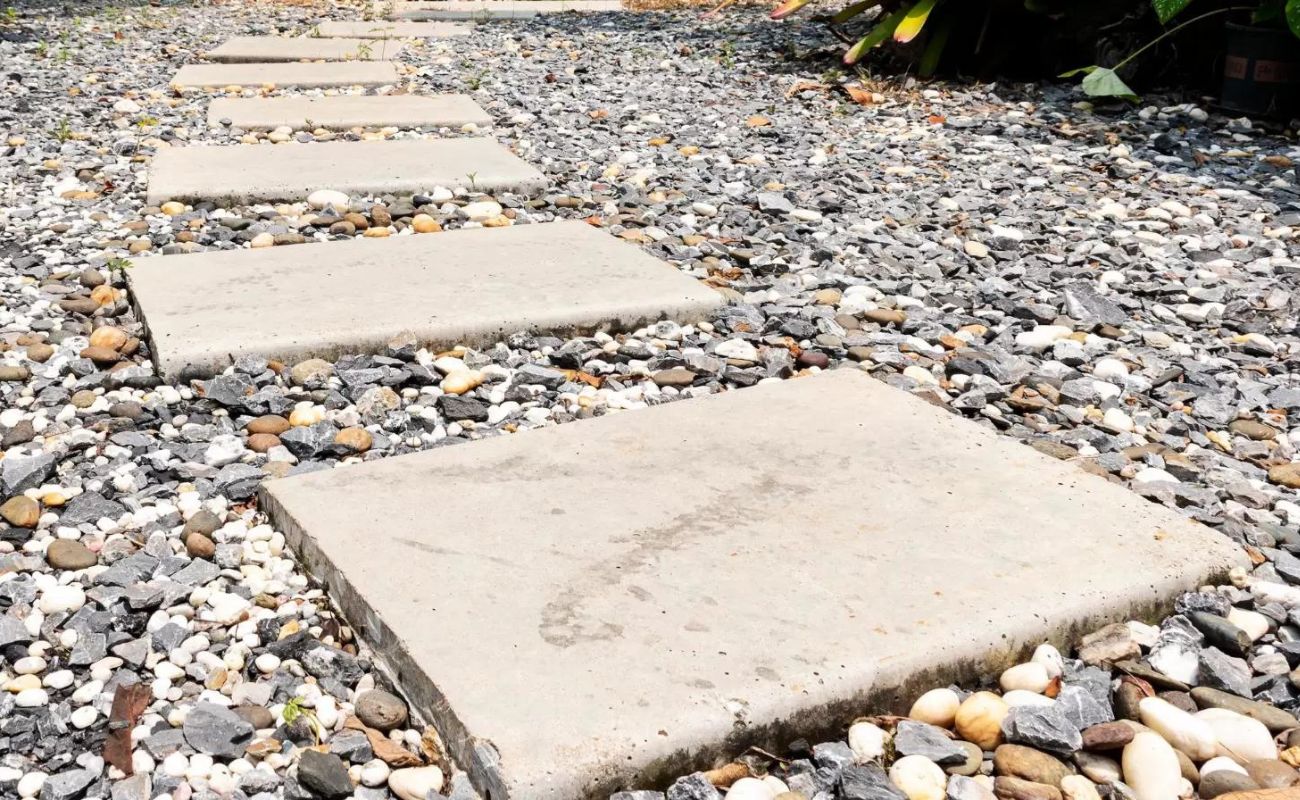
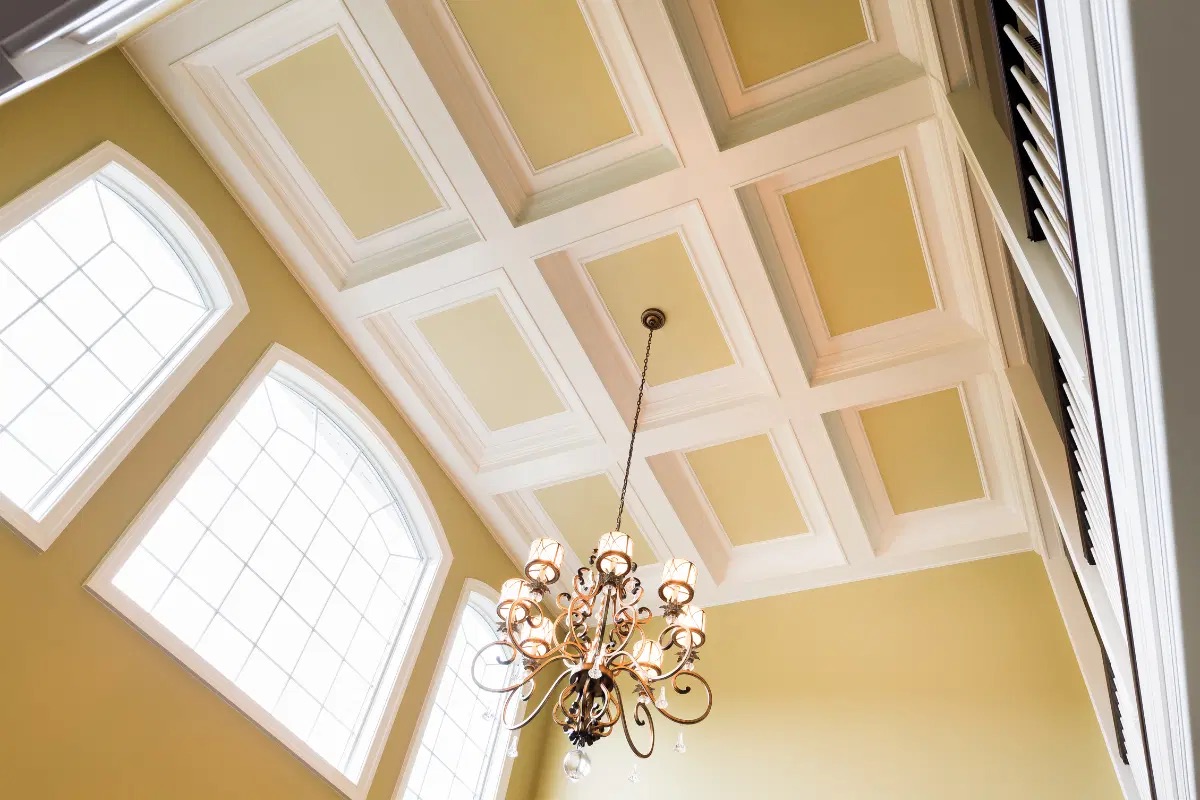


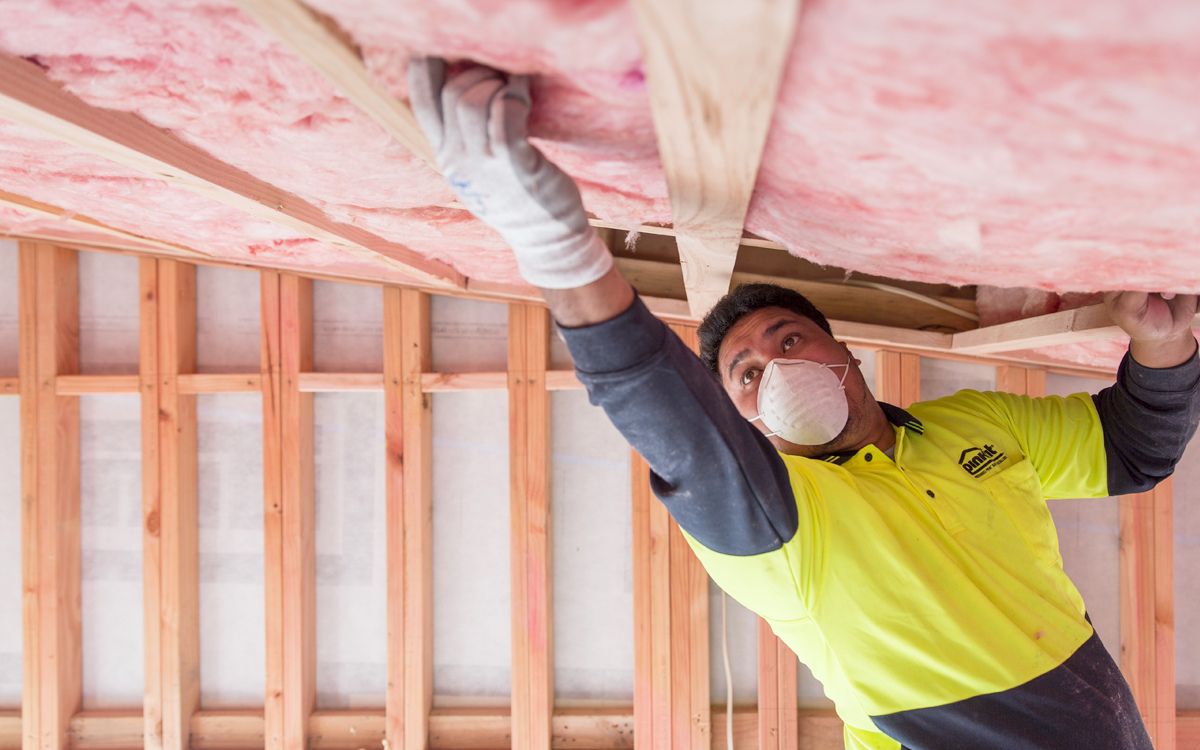
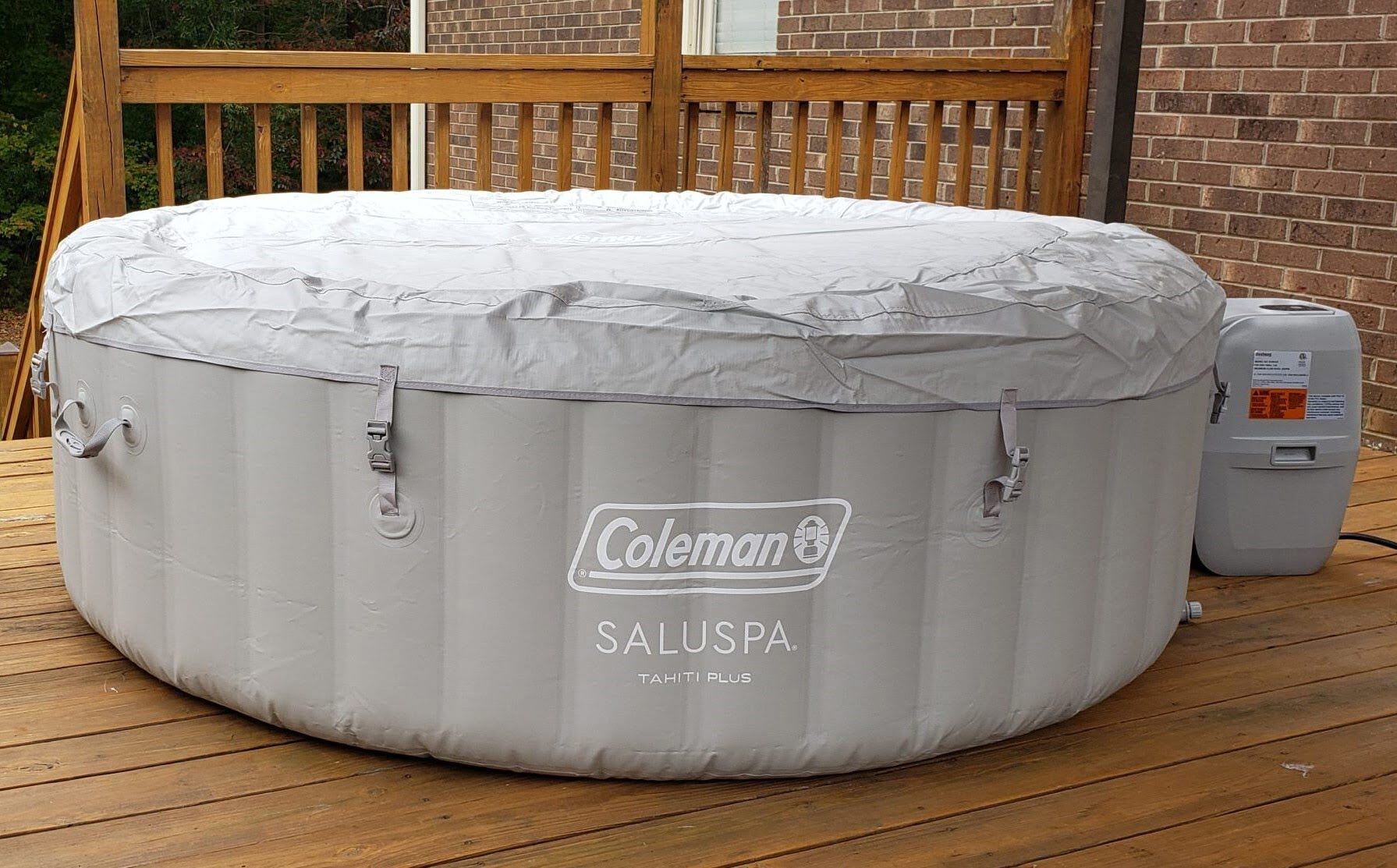

0 thoughts on “What Is The Cheapest Insulation”